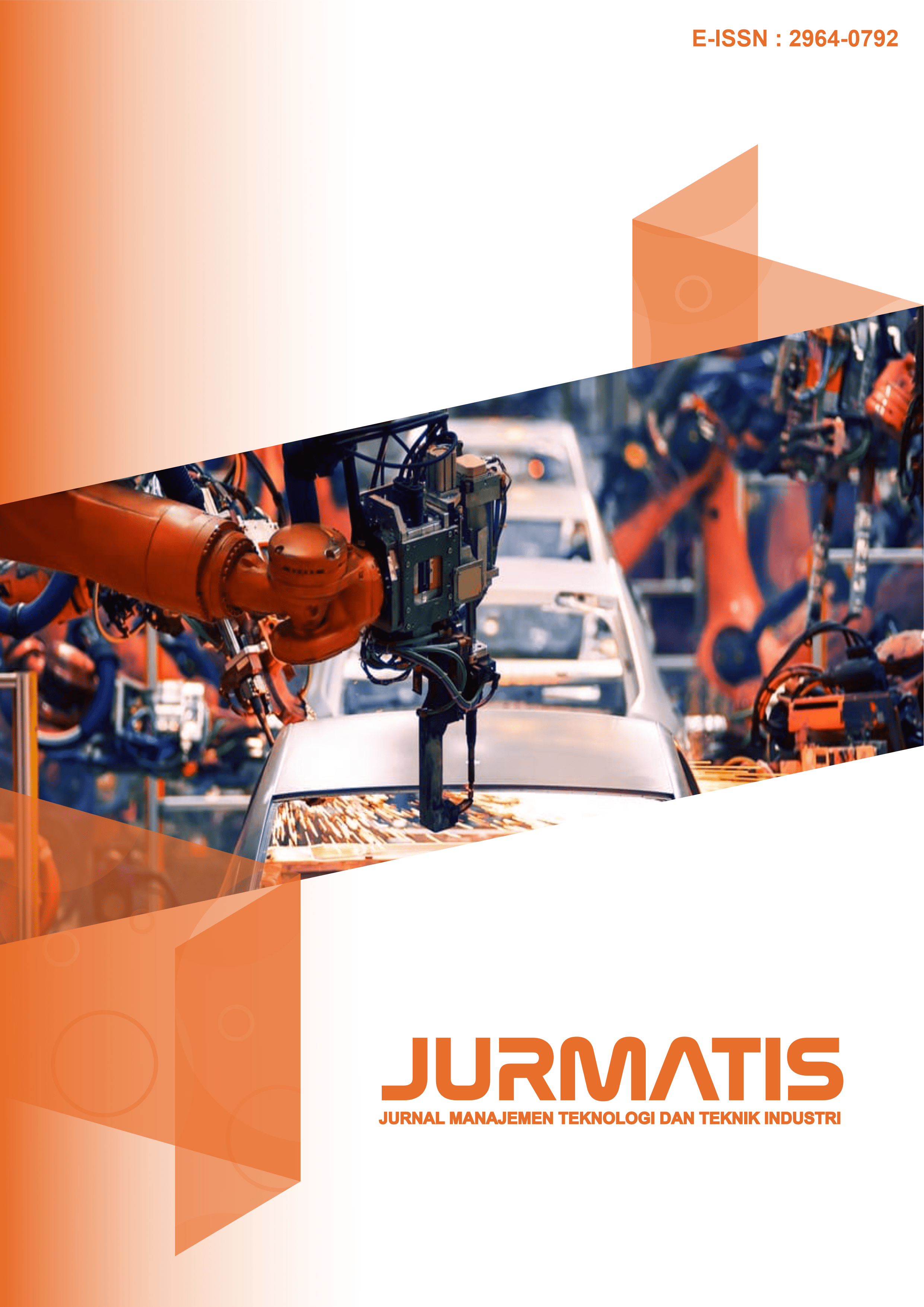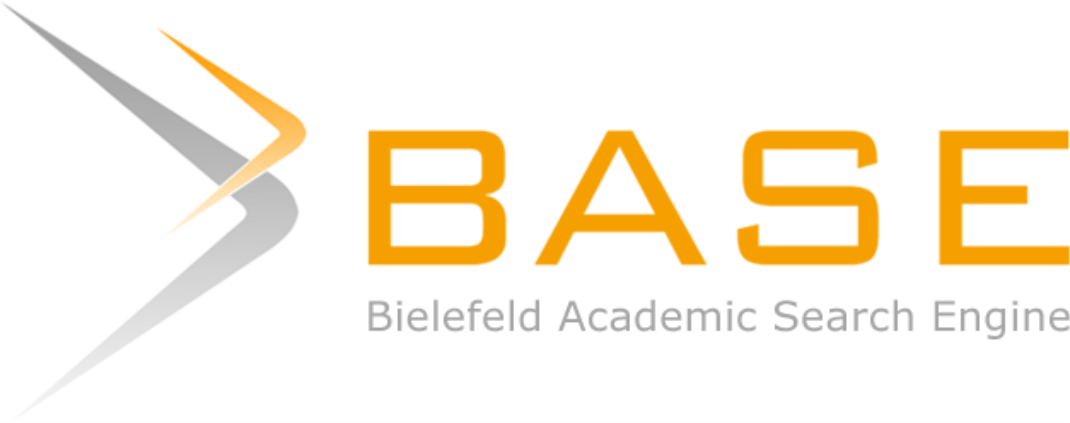Pengembangan Website Perpustakaan menggunakan Agile Software Development
DOI:
https://doi.org/10.30737/jurmatis.v5i2.3837Keywords:
Agile, Development of Website, Library Website, PIECES ApproachAbstract
SD Muhammadiyah 10 Palembang as an educational service with a travel time of 19 minutes from Jalan Jenderal Ahmad Yani, Palembang. Library facilities attract students because of the availability of the latest books. However, the current system has not been able to manage collections properly. Upgrading the latest system becomes a competitiveness to create the latest and agility of the website system. The development of website systems has experienced technological development by 61.9% in the last 10 decades. The change of HTML to javascript is a challenge in the development of this system. An agile website is the main solution to facilitate library services. The features that users need and functionality become the right solution. Case study design becomes the main approach, because it adopts realistic conditions. Designing use case and entity relationship diagrams as technical to visualize and structure the features needed. Respondents in charge of testing when the prototype is ready to run. The success of the website prototype is tested through the pieces approach. The development of agile website systems has been successfully tested. Javascript as a programming language does not experience errors. This has proven that the development of the website is true and the development conditions have been able to manage the collection well according to the features needed by users. The library website of SD Muhammadiyah 10 Palembang has been successfully used, thus increasing the attractiveness for prospective students in the future.
References
J. Arliansyah, A. Taruna, Rhaptyalyani, and A. Y. Kurnia, “Needs Analysis of the Bridge Infrastructures Crossing over the Musi River of Palembang,” Procedia Eng., vol. 125, pp. 438–444, Jan. 2015, doi: 10.1016/J.PROENG.2015.11.115.
M. Fitri and S. Triyadi, “Community Cultures in Creating the Place-Bound Identity in Musi Riparian, Palembang,” Procedia - Soc. Behav. Sci., vol. 184, pp. 394–400, May 2015, doi: 10.1016/J.SBSPRO.2015.05.108.
C. Sproles, “Technological transformation of United States government documents librarianship,” J. Acad. Librariansh., vol. 48, no. 2, p. 102498, Mar. 2022, doi: 10.1016/J.ACALIB.2022.102498.
L. Krier, “Library curriculum outside the classroom: Connecting library services to student learning,” J. Acad. Librariansh., vol. 47, no. 2, p. 102303, Mar. 2021, doi: 10.1016/J.ACALIB.2020.102303.
D. M. Wiechmann, C. Reichstein, R. C. Haerting, J. Bueechl, and M. Pressl, “Agile management to secure competitiveness in times of digital transformation in medium-sized businesses,” Procedia Comput. Sci., vol. 207, pp. 2353–2363, 2022, doi: 10.1016/j.procs.2022.09.294.
T. Wang, B. D. Lund, M. Widdersheim, and B. Fay, “Do they really understand us?: Comparing instructional librarian, administrator, and educator perspectives about instructional librarianship preparation, duties, and needs,” J. Acad. Librariansh., vol. 47, no. 5, p. 102381, Sep. 2021, doi: 10.1016/J.ACALIB.2021.102381.
S. Holderman, “A perspective on librarians as unexpected teaching faculty: The imperative of clear policy,” J. Acad. Librariansh., vol. 47, no. 4, p. 102343, Jul. 2021, doi: 10.1016/J.ACALIB.2021.102343.
Y. Zhang, S. Xue, and Z. Xue, “From collection curation to knowledge creation: Exploring new roles of academic librarians in digital humanities research,” J. Acad. Librariansh., vol. 47, no. 2, p. 102324, Mar. 2021, doi: 10.1016/J.ACALIB.2021.102324.
M. Deja, D. Rak, and B. Bell, “Digital transformation readiness: perspectives on academia and library outcomes in information literacy,” J. Acad. Librariansh., vol. 47, no. 5, p. 102403, Sep. 2021, doi: 10.1016/J.ACALIB.2021.102403.
J. Buell and M. Sandford, “From dreamweaver to Drupal: A University Library website case study,” Inf. Technol. Libr., vol. 37, no. 2, pp. 118–126, Jun. 2018, doi: 10.6017/ITAL.V37I2.10113.
X. He and Y. Huang, “Web Content Management Systems as a Support Service in Academic Library Websites: An Investigation of the World-class Universities in 2012–2022,” J. Acad. Librariansh., vol. 49, no. 3, p. 102716, May 2023, doi: 10.1016/J.ACALIB.2023.102716.
D. Iryaning, “Perancangan Website Inventori Gudang Berbasis Intranet,” J. Tek. Ind., vol. 9, no. 2, pp. 147–154, 2018.
G. Kim, C. Kim, G. E. Lee, J. Yeon, and J. Y. Lee, “What makes a ‘happy’ workplace for librarians? Exploring the organizational functions of academic libraries in South Korea,” J. Acad. Librariansh., vol. 48, no. 6, p. 102594, Nov. 2022, doi: 10.1016/J.ACALIB.2022.102594.
J. M. Martinez-Caro, A. J. Aledo-Hernandez, A. Guillen-Perez, R. Sanchez-Iborra, and M. D. Cano, “A comparative study of web content management systems,” Inf., vol. 9, no. 2, Jan. 2018, doi: 10.3390/INFO9020027.
X. Wang, X. Lin, and B. Shao, “How does artificial intelligence create business agility? Evidence from chatbots,” Int. J. Inf. Manage., vol. 66, p. 102535, Oct. 2022, doi: 10.1016/J.IJINFOMGT.2022.102535.
P. Sarhadi, W. Naeem, K. Fraser, and D. Wilson, “On the Application of Agile Project Management Techniques, V-Model and Recent Software Tools in Postgraduate Theses Supervision,” IFAC-PapersOnLine, vol. 55, no. 17, pp. 109–114, Jan. 2022, doi: 10.1016/J.IFACOL.2022.09.233.
M. Susanti, “Perancangan Website Akademik Berbasis Web pada SMK Pasar Minggu Jakarta,” vol. III, No. 1, pp. 100–200, 2018.
Pesantren Persatuan Islam 99 Rancabango,” J. Algoritm., vol. 9, no. 1, pp. 327–337, 2012.
I. Maryati, E. I. Nugroho, and Z. O. Indrasanti, “Analisis Usability pada Situs Perpustakaan UC dengan Menggunakan System Usability Scale,” J. Media Inform. Budidarma, vol. 6, no. 1, p. 362, 2022, doi: 10.30865/mib.v6i1.3472.
F. I. H, I. Safi"i, and H. B. Santoso, “Perancangan Website E-Commerce Di Usaha Tani Tirta Binangun Menggunakan WP Woocommerce,” JURMATIS J. Ilm. Mhs. Tek. Ind., vol. 2, no. 2, p. 84, 2020, doi: 10.30737/jurmatis.v2i2.950.
Downloads
Published
Issue
Section
License
Copyright (c) 2023 JURMATIS : Jurnal Manajemen Teknologi dan Teknik Industri

This work is licensed under a Creative Commons Attribution-ShareAlike 4.0 International License.
Authors who publish with this journal agree to the following terms:
(1) The copyright of published articles will be transferred to the journal as the publisher of the manuscript. Therefore, the author needs to confirm that the copyright has been managed by the publisher with the Publication Right Form which must be attached when submitting the article.
(2) Publisher of JURMATIS is Kadiri University.
(3) The copyright follows Creative Commons Attribution“ShareAlike License (CC BY SA): This license allows to Share copy and redistribute the material in any medium or format, Adapt remix, transform, and build upon the material, for any purpose, even commercially.



















